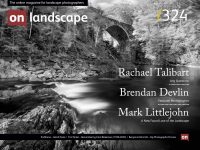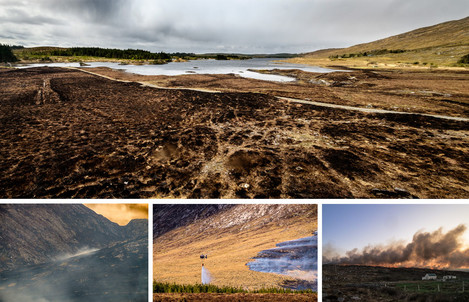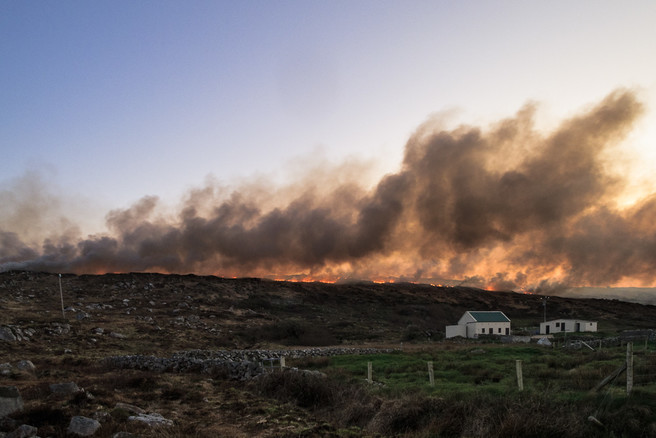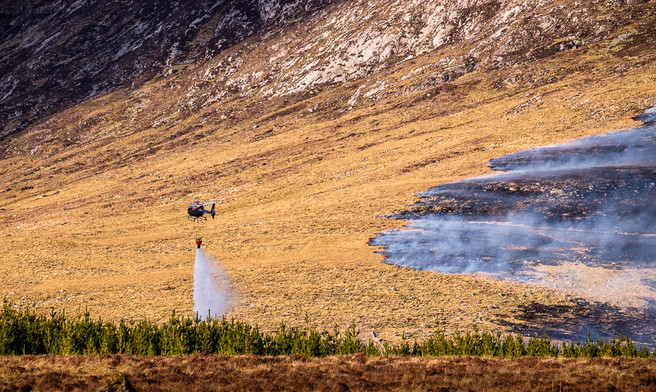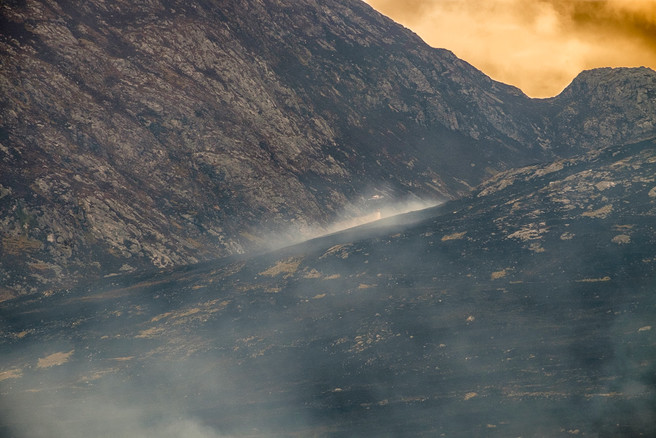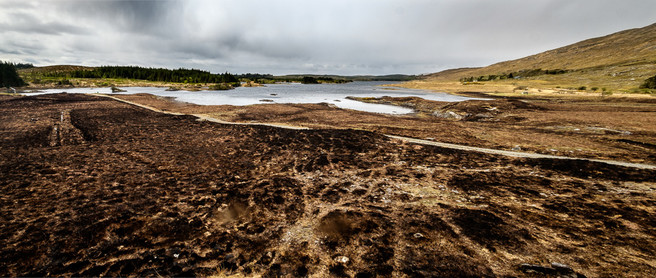Colin Russell
Many landowners burn the dry, dead vegetation on peatlands to encourage new lush growth to sustain their livestock. Other fires may be started maliciously, by accident or through natural causes. Fire builds up over the bog burning the tops off the Sphagnum mosses. The cushion or hummock-forming mosses on the bog surface are particularly sensitive to the fire including Sphagnum imbricatum and Sphagnum fuscum.
Fire catches in the heathers and shrubs, as there is more fuel to burn down. It hollows out the shrubs creating bare peat. Fires will remove the vegetation from mineral soil islands in peatlands and low hummocks in the flat bog. In the year following the fire, there is good re-growth of graminoid species but not of heathers. A single fire can provide the right conditions for the invasion of scrub and trees.
Apart from either killing or driving out wildlife, in very dry conditions, fires can burn unabated for days on the open peatland. Once the protective vegetation layer is gone, the peat surface is subject to erosion, and it’s related problems, and it may take many years for the vegetation to recover and recolonise. Hot fires may also continue to burn within the peat after they have been extinguished on the surface, causing fires to restart on the surface several weeks later.

